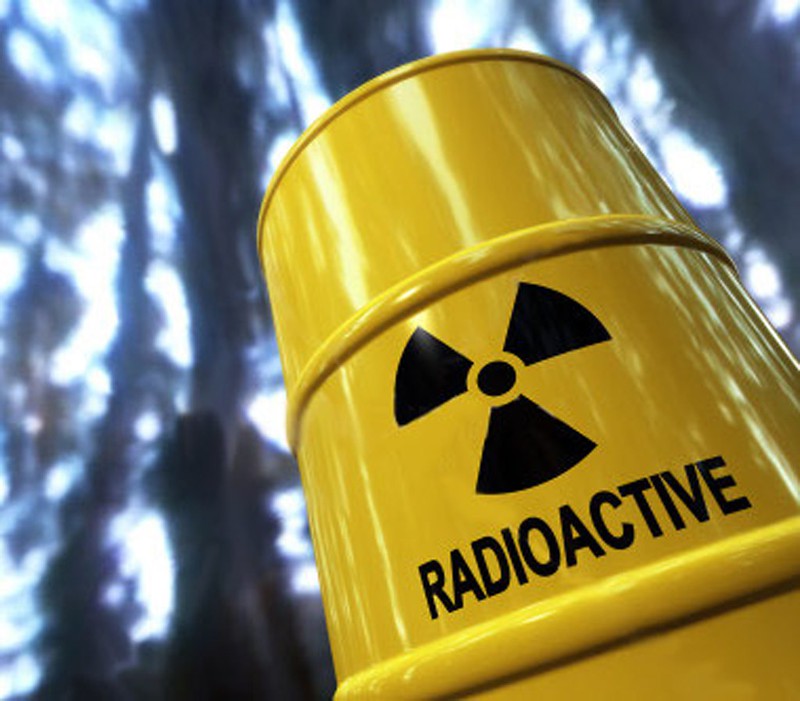With nuclear power generation gaining renewed attention in the race to decarbonize the energy sector, and the war in Ukraine causing energy prices to skyrocket, Japan is giving serious consideration to restarting its dormant nuclear power fleet.
Prime Minister Kishida has made clear his willingness to restart nuclear power plants, saying on April 26: “We must pursue how far we can go in restarting reactors within the current framework.” Before a final decision is made, however, the fundamental question of how to manage nuclear waste needs to be resolved. Will it be recycled or disposed of entirely?
Prior to the 2011 Fukushima earthquake and tsunami, nuclear power generation was a strategic priority, accounting for roughly 30% of Japan’s total electricity. The industry envisioned creating a system for recycling used fuel, but progress in this direction was slow. Meanwhile, used fuel rods piled up in short-term storage, threatening one day to reach capacity.
After the 2011 disaster, the country’s entire nuclear fleet was shut down. Even a decade on, of the remaining 33 nuclear reactors classified as operable only 10 have restarted. Today, just four units are currently online due to maintenance and facility upgrade works. With few reactors in operation, the issue of what to do with used nuclear fuel and other waste receded into the background. Should restarts become a reality, however, the government will need to tackle this issue sooner rather than later.

